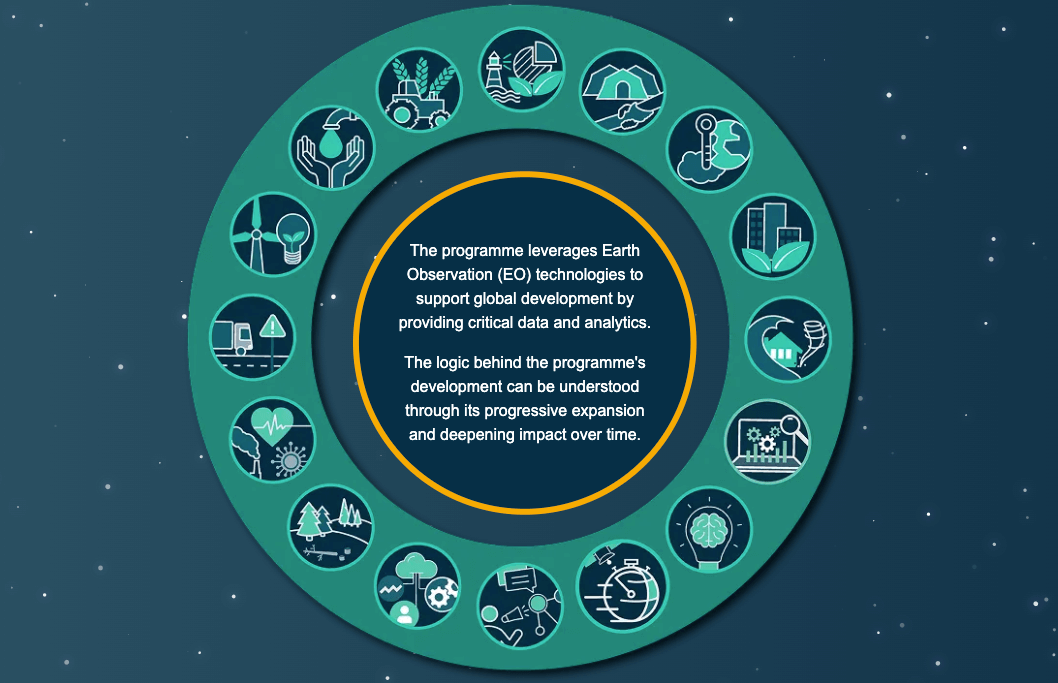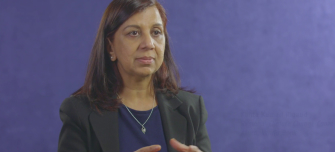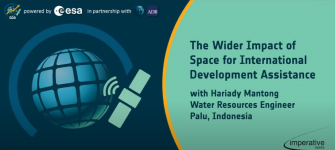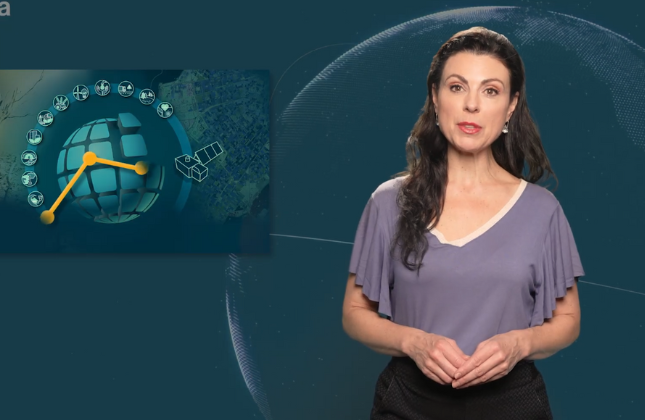Session: B.01.02 | Time: 14:00–15:30 & 16:15-17:45 | Room: 1.85/1.86 | Convenors: Christoph Aubrecht (ESA), Fabio Cian (ESA), Yves Barthelemy (ESA), Anika Ruess (ESA)
How do we move from proof-of-concept to practice when it comes to Earth Observation (EO) in development cooperation? That’s the guiding question of Session B.01.02 – Earth Observation accelerating Impact in International Development Assistance and Finance, taking place on Tuesday 24 June at ESA’s Living Planet Symposium. Organised by ESA’s Global Development Assistance (GDA) programme, the session, split in two blocks, will explore how EO is now being integrated into the operational workflows of development institutions, with concrete examples drawn from around the world.
The session offers a deep dive into how EO services are supporting real projects funded and implemented by major International Financial Institutions (IFIs) such as the World Bank, the Asian Development Bank (ADB), the Inter-American Development Bank (IDB), the European Bank for Reconstruction and Development (EBRD), and the International Fund for Agricultural Development (IFAD). These cases, presented by ESA and its EO industry expert partnering companies, are not simply technical showcases—they illustrate tangible impact for local governments, ministries, and development practitioners in countries facing some of the world’s most complex challenges.
ESA’s GDA programme is designed to ensure EO uptake is not sporadic, but systemic. Through co-design with IFIs and close coordination with end users, the programme supports services that are both technically robust and institutionally relevant. That includes integration in financing schemes, alignment with project cycles, and the use of EO data for monitoring and safeguards. In this session, panellists will show how EO is helping governments better understand risks, prioritise investment, and report on progress—ensuring development interventions are guided by the best available evidence.
Crucially, the session also highlights what it takes to embed EO in the development finance architecture, from overcoming access barriers to creating new roll-out opportunities for EO providers. By showcasing successful uptake examples and lessons learned, the session aims to inform future collaboration between the EO industry and financial institutions operating in fragile, fast-changing contexts.
Attendees can expect to gain practical insights into how EO is shifting from niche innovation to operational necessity, and how ESA’s GDA programme is creating the conditions for lasting EO integration across global development efforts. Whether you’re from an IFI, a development agency, or the EO community itself, this session offers a rare look at how EO and finance are coming together to deliver real-world impact.
















